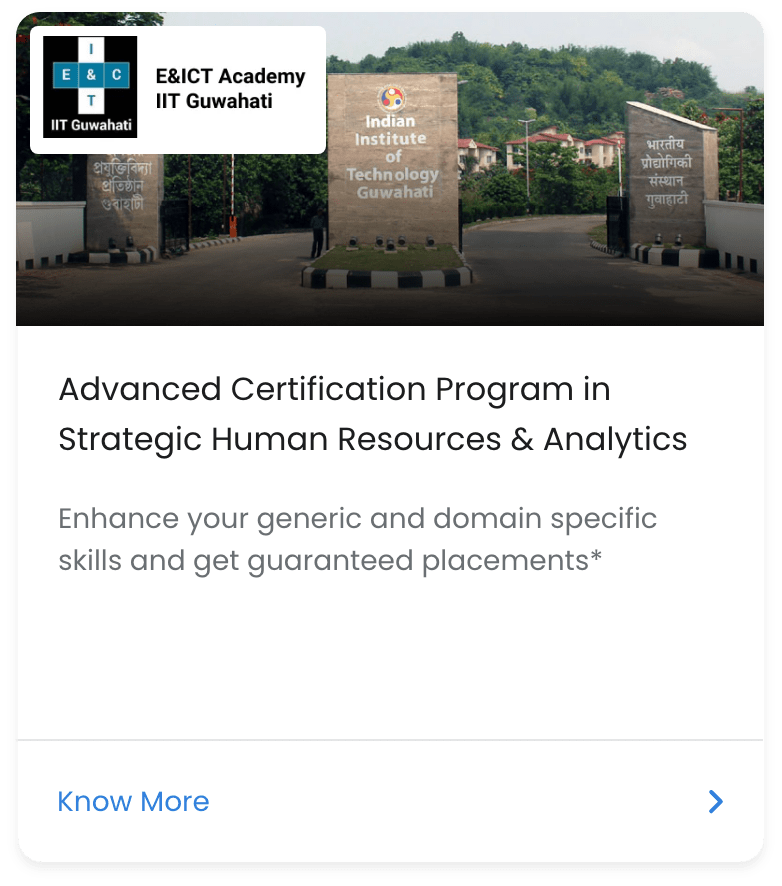Introduction to Agile Performance Management
In a world that demands quick adaptability and responsiveness, traditional performance management systems often fall short. Enter agile performance management an innovative approach that emphasizes flexibility, continuous feedback, and employee engagement. This model shifts the focus from rigid annual reviews to dynamic, real-time assessments that align closely with organizational goals. In this blog, we’ll explore the principles of agile performance management, its benefits, and effective strategies for implementation.
Understanding Agile Performance Management
Agile performance management is rooted in the principles of agility, which prioritize collaboration, responsiveness, and iterative processes. Unlike conventional performance management, which typically follows a once-a-year review cycle, agile performance management advocates for ongoing conversations between employees and managers. This method fosters a culture of feedback and improvement, allowing organizations to adapt quickly to changing circumstances and employee needs.
Why It Matters: As businesses evolve, the need for a performance management system that can keep pace is crucial. Agile performance management provides a framework for organizations to remain relevant and competitive.
Key Principles of Agile Performance Management
1. Continuous Feedback
One of the cornerstone principles of agile performance management is the emphasis on continuous feedback. Instead of waiting for annual reviews, managers and employees engage in regular discussions about performance, goals, and development areas.
2. Goal Alignment
Agile performance management encourages setting short-term, achievable goals that align with broader organizational objectives. This alignment ensures that employees understand how their work contributes to the overall success of the organization.
3. Collaborative Goal Setting
In agile performance management, goal setting is a collaborative effort. Employees actively participate in defining their objectives, which fosters a sense of ownership and accountability.
4. Iterative Development
Agile performance management embraces an iterative approach to development. This means regularly revisiting goals, adjusting as necessary, and celebrating achievements along the way.
5. Focus on Strengths
Rather than merely addressing weaknesses, agile performance management focuses on leveraging employee strengths. This strengths-based approach promotes engagement and motivation, leading to improved performance.
Benefits of Agile Performance Management
1. Increased Employee Engagement
By involving employees in their own development and encouraging regular feedback, agile performance management enhances engagement levels. Employees feel valued and understood, leading to higher job satisfaction and productivity.
2. Improved Performance
Continuous feedback and collaborative goal setting enable employees to address performance issues in real-time, leading to improved outcomes. Employees are more likely to meet or exceed their goals when they receive ongoing support.
3. Enhanced Adaptability
In an ever-changing business landscape, organizations must be able to pivot quickly. Agile performance management equips teams with the tools to adapt their goals and strategies, ensuring alignment with evolving business priorities.
4. Stronger Manager-Employee Relationships
Regular check-ins foster stronger relationships between managers and their teams. Open communication builds trust, encouraging employees to share challenges and seek guidance when needed.
5. Data-Driven Insights
Agile performance management often incorporates technology, allowing organizations to gather data on employee performance and feedback. This data can inform decision-making and identify trends that can be addressed proactively.
Strategies for Implementing Agile Performance Management
1. Shift to a Growth Mindset
Encourage a growth mindset throughout the organization. This involves promoting the idea that skills and abilities can be developed through dedication and hard work, fostering resilience and a love for learning.
2. Train Managers and Employees
Equip both managers and employees with the skills necessary for effective feedback and communication. Training sessions on providing constructive feedback and engaging in meaningful conversations can be highly beneficial.
3. Utilize Technology
Leverage performance management software that supports agile practices. These tools can facilitate continuous feedback, goal tracking, and performance analytics, streamlining the process.
4. Establish Regular Check-Ins
Implement regular one-on-one check-ins between managers and employees. These meetings should focus on progress, challenges, and any necessary adjustments to goals.
5. Celebrate Successes
Recognize and celebrate achievements, both big and small. This fosters a positive culture and reinforces the importance of continuous improvement.
Also read, Skills-Based Talent Acquisition: A New Era in Recruitment
Conclusion
Agile performance management represents a significant evolution in how organizations approach employee development and performance evaluation. By embracing continuous feedback, collaborative goal setting, and a strengths-based approach, businesses can create an environment that fosters growth, adaptability, and engagement. As organizations strive to remain competitive in a fast-paced world, agile performance management provides a robust framework for unlocking the full potential of their workforce.
Frequently Asked Questions
Agile performance management is an innovative approach that emphasizes continuous feedback, collaboration, and flexibility in evaluating employee performance, moving away from traditional annual reviews.
This approach increases employee engagement, fosters stronger relationships with managers, and encourages ongoing development by providing regular feedback and collaborative goal setting.
Key principles include continuous feedback, goal alignment, collaborative goal setting, iterative development, and a focus on leveraging employee strengths.
Organizations can implement agile performance management by training managers and employees, utilizing technology for performance tracking, establishing regular check-ins, and promoting a growth mindset.
Continuous feedback allows for real-time adjustments, supports employee development, and ensures that performance issues are addressed promptly, leading to improved overall performance.
By adopting agile performance management, organizations can transform their approach to employee development and create a more engaged, adaptable, and high-performing workforce.











